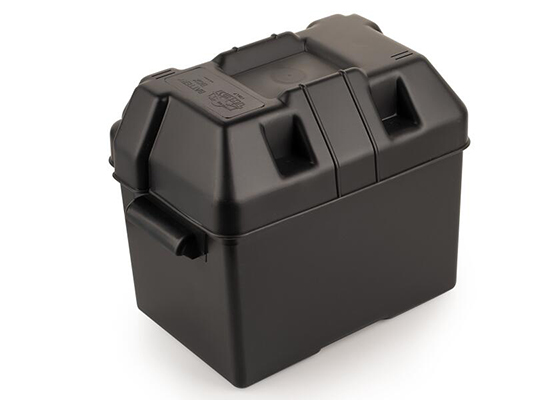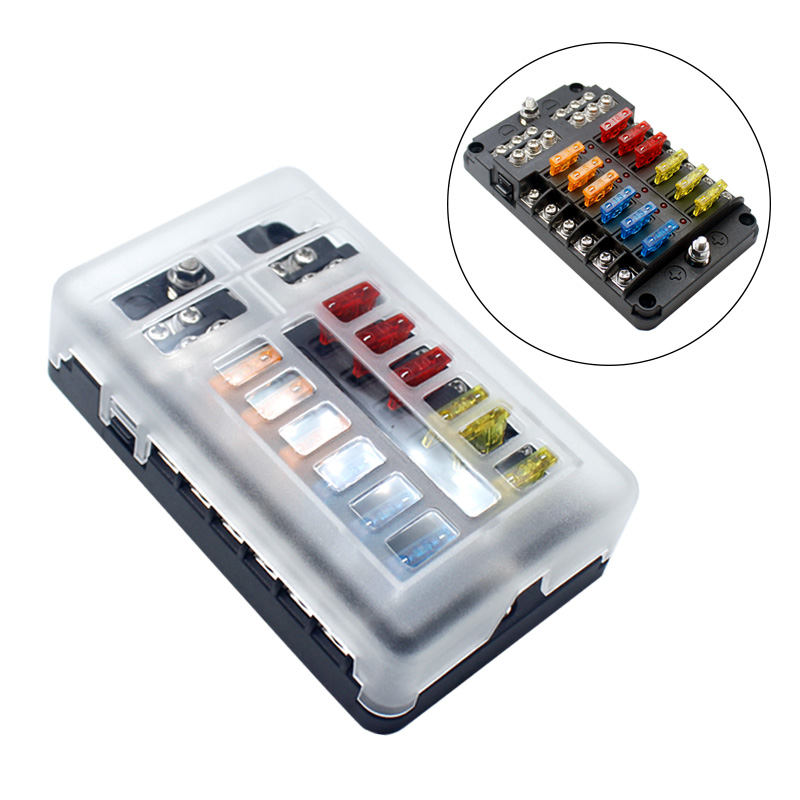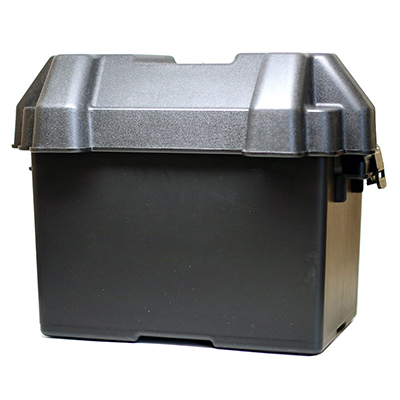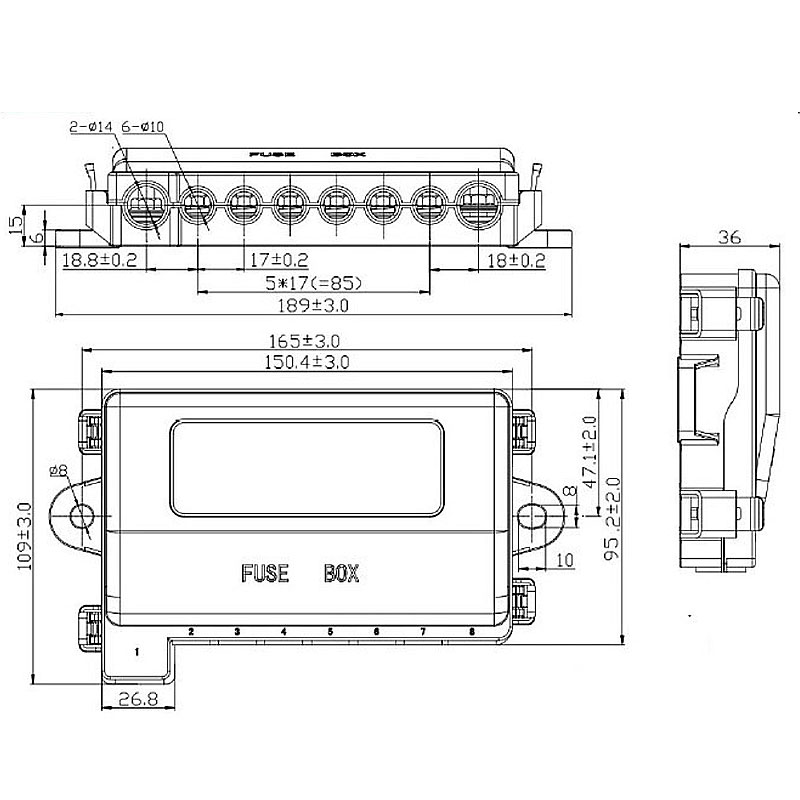Essential Guidelines and Key Factors for Selecting a Durable Car Battery Enclosure to Maximize Vehicle Performance and Longevity
News 2025-10-20
Choosing the right car battery box is essential for maintaining the integrity of your vehicle’s electrical system. It serves as a protective casing that shields the battery from environmental elements like moisture, heat, and vibrations, which can otherwise lead to premature failure. In various automotive applications, from daily commutes to demanding off-road conditions, a well-chosen battery box ensures reliable performance, enhances safety, and extends the overall lifespan of the battery. By focusing on critical factors, you can make an informed decision that aligns with your specific needs and driving habits.

Size and Compatibility Considerations
The size and compatibility of a car battery box are fundamental to its effectiveness. A properly sized enclosure prevents the battery from shifting, which could cause damage or poor connections. In different application scenarios, such as fitting into compact sedans or larger trucks, ensuring the box matches the battery dimensions and vehicle specifications is crucial. This not only optimizes space but also maintains electrical efficiency, reducing the risk of issues like corrosion or short circuits in diverse driving environments.
Material and Durability Aspects
Material quality directly impacts the durability and performance advantages of a car battery box. Common materials include high-impact plastics that offer resistance to chemicals and weathering, or robust metals that provide superior strength against impacts. In challenging scenarios, such as extreme temperatures or rough terrains, selecting a material with high durability ensures long-term protection. This enhances the battery’s reliability, minimizes maintenance needs, and supports better overall vehicle performance by withstanding daily wear and environmental stresses.
Electrical Specifications and Safety Features
Electrical specifications and integrated safety features are vital for optimal functionality. The box must be compatible with the battery’s voltage and current ratings to avoid hazards like overheating. Features such as ventilation for gas release or flame-resistant coatings add layers of protection, particularly in high-performance applications like electric or hybrid vehicles. By prioritizing these elements, you can achieve enhanced safety, efficiency, and compliance with industry standards, ultimately contributing to a more dependable automotive system.
1. What is the main purpose of a car battery box?
Answer: It protects the battery from physical damage, moisture, and temperature extremes, ensuring reliable vehicle operation.
2. How does battery box material affect performance?
Answer: Better materials improve durability and resistance to elements, extending battery life and reducing failure risks.
3. What common errors should be avoided when choosing a battery box?
Answer: Avoid selecting based solely on price; instead, focus on fit, material quality, and safety features for long-term benefits.


